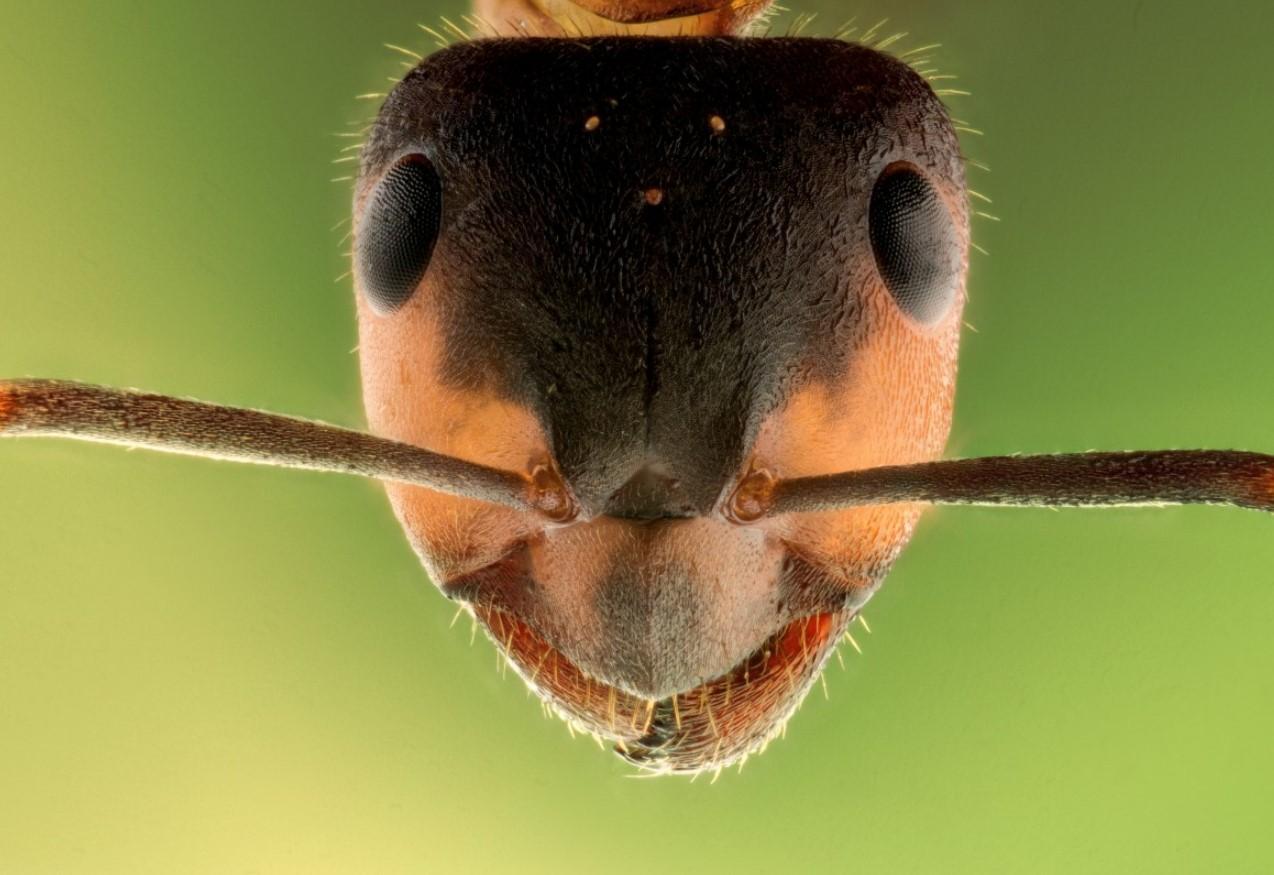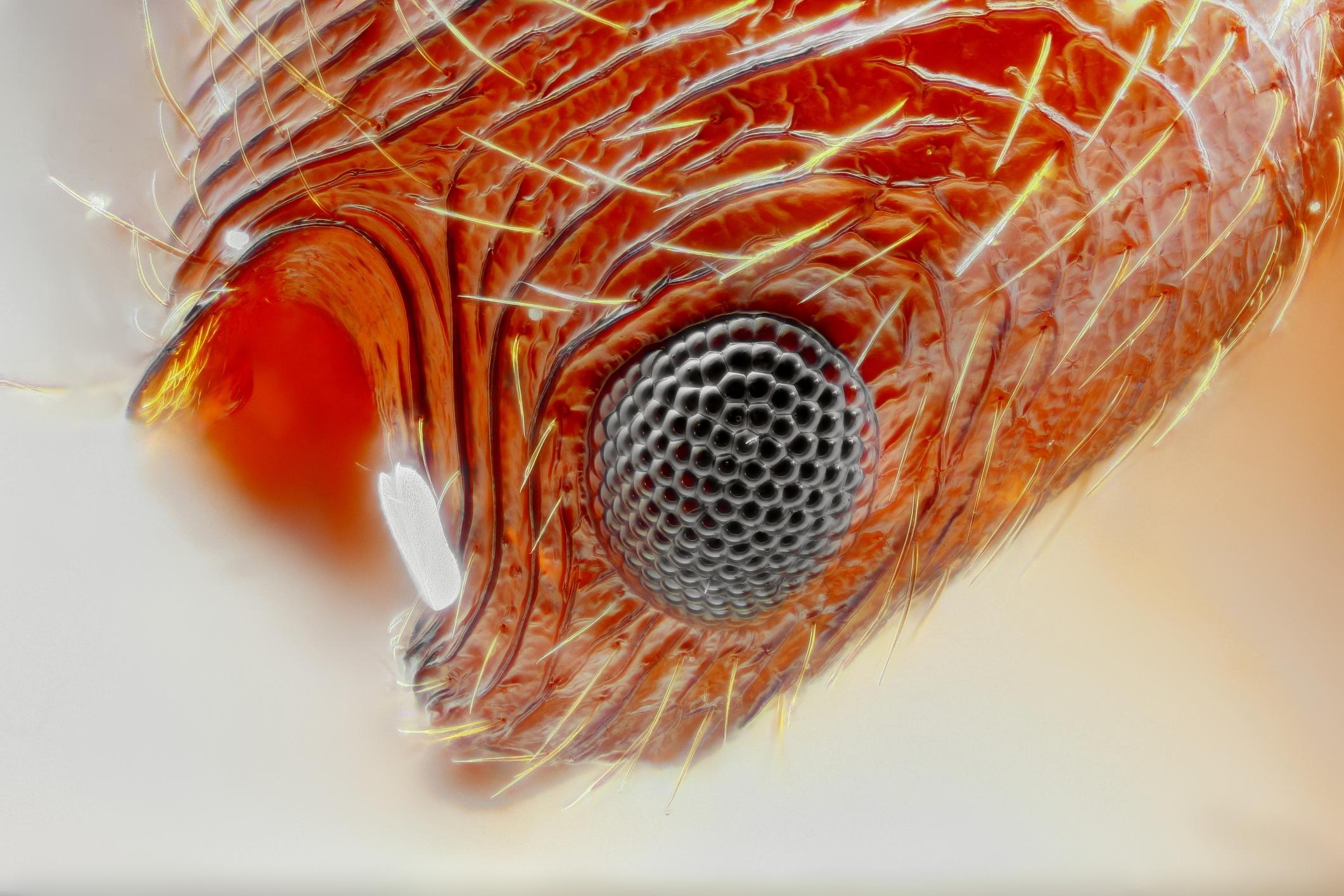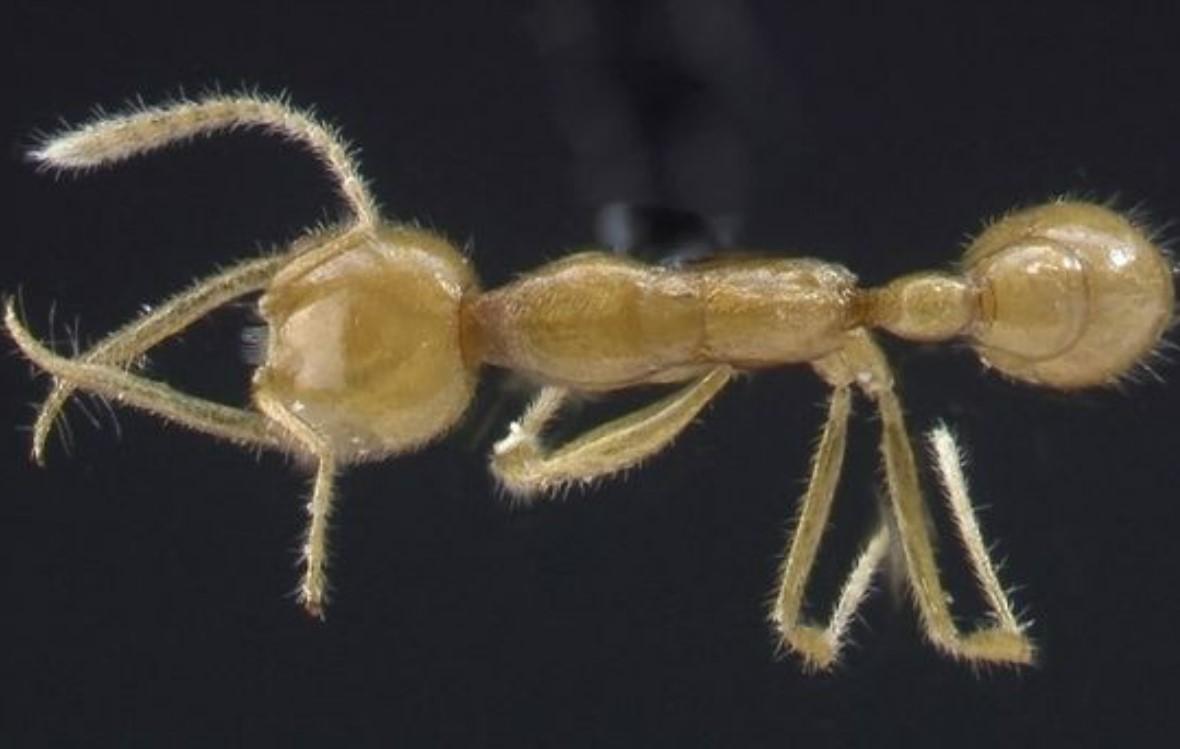Are Ants Blind?


Everywhere you look, from bustling city sidewalks to the deepest jungles, ants crawl and conquer. These ubiquitous social insects have carved a niche in nearly every ecosystem on Earth. But beneath their seemingly familiar exterior lies a surprising truth: ants don't see the world in the same way we do. In fact, their vision is surprisingly diverse. Depending on their role in the colony and the environment they inhabit, some ants are completely blind, while others have a limited yet specialized vision.
IN this article by thedailyECO we tackle whether ants are blind and delve into how their spectrum of visual capabilities is influenced by their roles within the colony and the light conditions of their unique ecological niches.
Are ants blind?
First of all, we must keep in mind that ants are a family of insects with many species; it is estimated that there may be more than 20,000 different species throughout the planet. This means that there is a wide range of possibilities in terms of the characteristics of ants, including their vision.
The vast majority of ant species possess compound eyes. These intricate structures, composed of numerous ommatidia, offer them a unique vision system well-suited to their social and environmental needs. However, there are a few exceptions to the rule. Some ant species, particularly those that dwell in perpetual darkness, have evolved with reduced or even completely absent eyes. These adaptations are advantageous in environments where light is scarce and vision offers no significant benefit.
If we classify ants according to their degree of vision, we will have three main groups:
Blind ants
Certain ant species, like those in the genus Dorylus, are completely blind. These "driver ants" are known for their nomadic lifestyle and aggressive foraging behavior. They rely heavily on other senses, like touch and smell, to navigate their dark underground environments.
Ants with reduced eyes
Some ant species living in environments with lower light levels might have reduced eyes. These eyes may have fewer ommatidia, resulting in a limited field of view and potentially poorer image resolution. This adaptation allows them to conserve resources while still retaining some light perception, which might be helpful for tasks like differentiating between light and dark.
Ants with good vision
Some ants have relatively well-developed vision. These species typically inhabit environments where visual navigation is advantageous. Notable examples include the Australian bulldog ants (genus Myrmecia), which have excellent vision and can detect movement and navigate visually over long distances. Another example is the Gigantiops destructor, known for its large eyes that take up a significant portion of its head, allowing it to see well.

How do ants see?
Unlike our single-lens eyes, most ants rely on compound eyes, intricate structures composed of numerous tiny units called ommatidia. Each ommatidium functions as a single visual receptor, and the combined input from these units creates a mosaic-like vision for the ant.
While this vision lacks the high-resolution detail we experience, it offers distinct advantages. Due to the structure of ommatidia, ants have a significantly wider field of view compared to humans. This expansive visual field is crucial for worker ants navigating intricate tunnel networks and foraging for food across vast areas.
Ants excel at detecting movement within their environment. The numerous ommatidia working in tandem are highly sensitive to changes in light, making them adept at spotting potential threats or prey scurrying across their path. This ability is essential for survival in their often-dangerous environments.
Some ant species possess variations in their ommatidia that allow them to perceive light spectrums beyond human vision, such as ultraviolet light. This expanded light sensitivity may play a role in tasks like navigation and communication within the colony.
The specific structure and capabilities of an ant's eye not only varies depending on the species, but also on their role in the colony:
- Worker ants: workers, tasked with foraging and navigation, typically have a higher number of ommatidia packed closely together, maximizing their field of view.
- Soldier ants: soldier ants, responsible for defense, may have slightly fewer ommatidia but positioned strategically to optimize threat detection.
- Queens: queens, focused on egg-laying within the nest, often have the least number of ommatidia, relying more on other senses like touch and smell to navigate their environment.
Intrigued by how ants breathe? Explore the world of insect respiration in another article.

Why some ants are blind?
One of the most significant factors influencing eye development in animals is the amount of light available in their habitat. This is especially true for insects like ants. Here's how habitat light levels affect eye development in different ant species:
Ants that forage during the day, like many worker ants, typically have large compound eyes with a high number of ommatidia. This maximizes their field of view and allows them to better detect movement, navigate complex environments, and identify potential food sources. As mentioned earlier, some daylight foragers may also have ommatidia specialized in capturing specific wavelengths of light, like ultraviolet light, which can help them locate food sources or differentiate between different plants.
In contrast, ants that live and forage in darkness, such as some cave-dwelling ants or those with primarily subterranean lifestyles, often have significantly reduced eyes or lack them altogether. Since vision offers little benefit in these perpetually dark environments, it's energetically expensive to maintain fully functional eyes.
Instead, these ants evolve a greater reliance on other senses like touch, smell, and even vibration detection to navigate their environment. Their antennae become highly sensitive, allowing them to perceive their surroundings with remarkable detail.
This variation in eye development highlights the principle of natural selection. Resources are limited, and an organism will only develop features that provide a clear evolutionary advantage. In low-light environments, the energy needed to maintain complex eyes outweighs the benefit of vision.
Anatomy of ant eyes
Ants, like many insects, have a completely different visual system compared to us. Instead of single-lens eyes, they possess compound eyes, built from numerous tiny units called ommatidia.
Each ommatidium in an ant's eye acts like a single pixel in a digital image. It consists of several key components:
- Cornea: is the transparent outer surface that allows light to enter.
- Crystalline cone: acts like a lens, focusing light onto the underlying light-sensitive cells.
- Photoreceptor cells: these cells convert the light signal into electrical signals that the ant's brain interprets as vision.
Each ommatidia captures a narrow slice of the scene, and the brain combines these individual inputs to create a rough overall image.
How do ants see this world compared to humans?
While ant vision lacks the detail and sharpness of ours, it offers distinct advantages and disadvantages:
- The arrangement of ommatidia provides ants with a much broader view of their surroundings, crucial for navigating complex environments.
- The numerous ommatidia working together are highly sensitive to changes in light, making ants adept at detecting movement, vital for spotting prey or threats.
- Some ant species have ommatidia that can perceive light beyond human vision, like ultraviolet (UV) light. This might be helpful for navigation or communication within the colony.
- Due to the structure of ommatidia, ants can't see fine details or distinguish small objects as well as we can.
- The mosaic vision makes it difficult for them to perceive depth accurately.
There's more to an ant than meets the eye! Explore the intricate world of ant body parts, from powerful legs to razor-sharp mandibles, in our follow-up article.
If you want to read similar articles to Are Ants Blind?, we recommend you visit our Facts about animals category.







